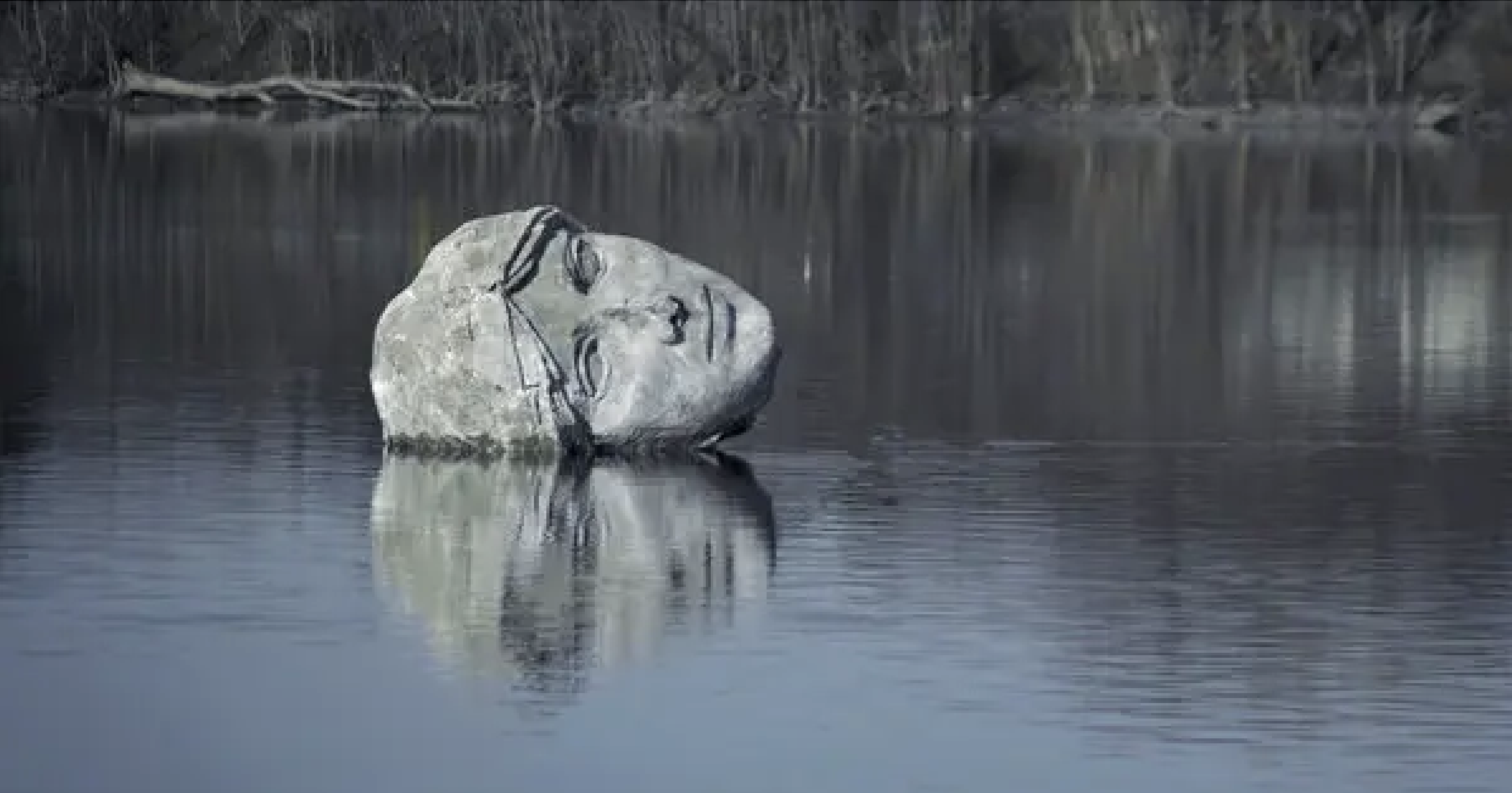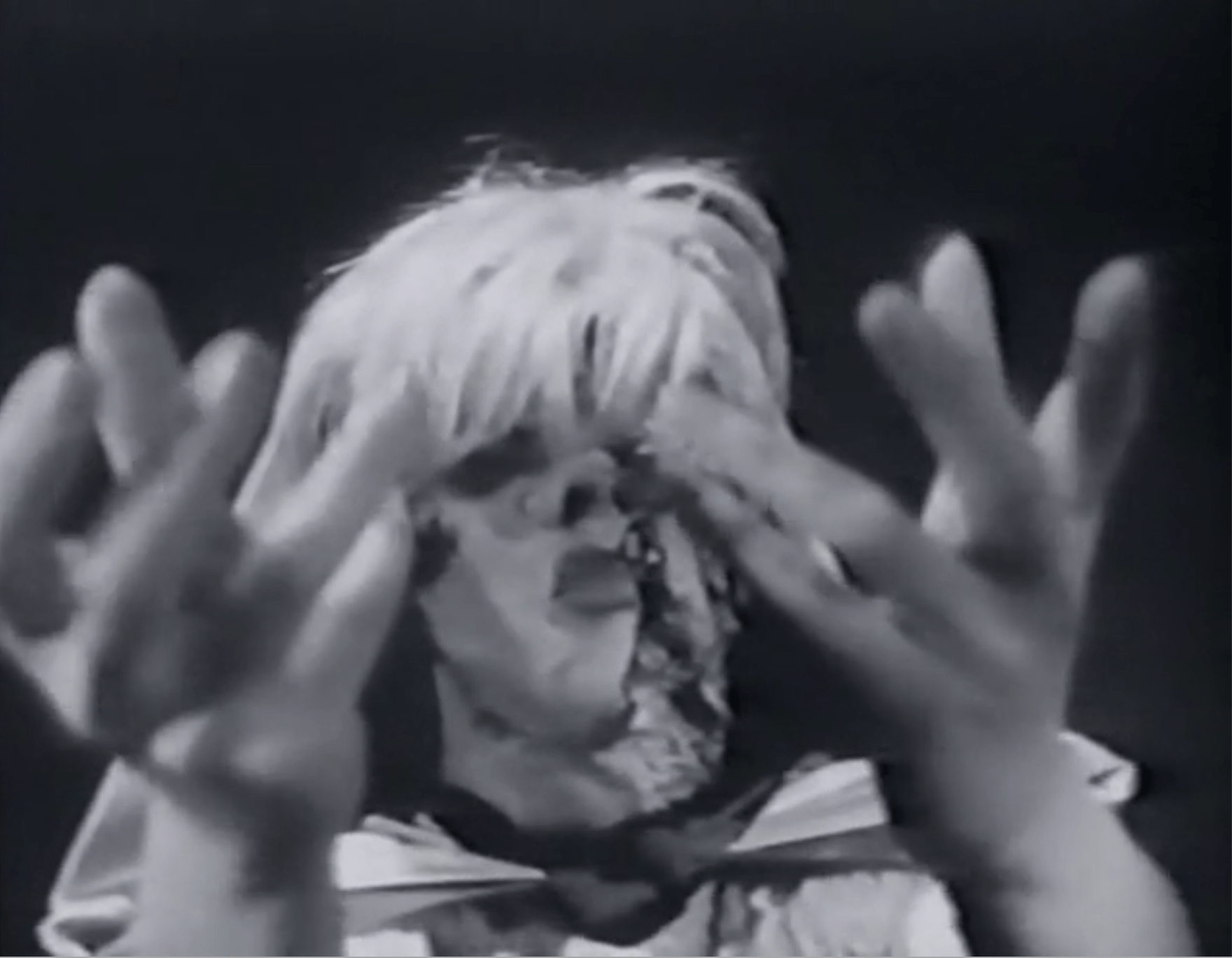
There is a tension between the everyday and the cinematic that runs through Giuseppe De Santis’s 1949 film Bitter Rice. The movie is set in a muddy rice plantation where we witness the cruel conditions and hard lives that the workers must endure, but as tied to the concrete depiction of suffering as it is, Bitter Rice has moments of transcendence that are evoked through grand cinematic visuals.
The film is rooted in earthy neorealism, but it also embraces other styles. It contains many of the conventions found in noir films along with some of the prurience of a women’s prison sexploitation films. There is meant to be a sexual tension in the film that foreshadows the sexual violence in the third act, but some of the “sexual tension” reads more like a horny male gaze than a proto-feminist critique of sexual politics. As neorealist heroines, the women toil in the field but are they do it in girdles and short shorts.
The film centers around the conflict between two leading women, Silvana and Francesca. The two of them alternate between friend and foe. This changing status is illustrated by simple movements like the one illustrated below. After a brief exchange, Silvana simply turns around and the two hold their contrasting position for a moment to emphasize their differing points of view.

Similarly, there is a scene with the two women talking and in the middle of the conversation, they gracefully switch places. Silvana simply leans to one side subtly switching places in one fluid motion. The switch underscores the continually changing nature of their relationship.

Another particularly cinematic moment comes when the rice workers gather to get their hats and prepare for a day’s work. Across the crowd, we watch our two heroin’s size each other up. For no reason other than an amazing visual, all the gathered women keep tossing their hats in the air. We see each heroine standing in the foreground backed by a crowd in the mid-ground and hats flying behind everything like a flock of birds in the background.
In a more spectacular display of cinema craft, Bitter Rice features a mannered and intensely dramatic montage depicting a giant brawl in the mud. The women are goaded into two opposing factions and explode into violence. They tussle in the mud in a wild series of quick action shots as well as some completely gratuitous erotic poses. De Santis even has one woman tackle another and rip open her shirt.

We have already seen the ladies lounge around the barracks in their nighties, and bend over to plant the rice in the fields but, prurient or not these contrivances are cinematic in their own way. The poses, the lingering camera, the costumes all conspire to draw us away from the plot and toward a formalist observation of the visual.
It is at the climax where we truly see the different formal considerations blend with the social and political messages at the heart of the film. We see the Marxist condemnation of capitalism and its oppression of the worker but added to that is a cry of solidarity against the oppression of women by patriarchal culture. Lastly, there is all the tension that has built up between the lead characters that both provides a personal element to illustrate the specifics of how these abstract ideas operate but also infuses everything with urgent drama. All of this stuffed into one intense montage.
It begins with Silvana flirting with Marco. The two of them have been flirting throughout the film. Everyone in the film flirts. The whole farm is surrounded by amorous men constantly hitting on all women who pass by.
As Silvana and Marco exchange suggestive banter Silvana picks up a switch. She waves it at Marco and pokes him to playfully keep him at bay. The teasing escalates until Marco loses his patience and swipes the switch away from Silvana. He begins beating her with it and she laughs and giggles even as he swings harder and harder. Eventually, her laughing turns to crying and then finally screaming. As Marco leans over her, ready to rape her the camera cuts away to the women working in the field. A pregnant young woman screams in sudden pain and stumbles to her knees. Her screams pointedly refer to the rape we know is happening off-screen, but as the pregnant woman cries out it becomes clear that this is about more than just physical pain. It quickly becomes a primal wailing for the plight of all women.
As she suffers, she is surrounded by sympathetic women who gather to comfort her.
The bosses do not allow the women to talk to each other in the fields so the women have learned to sing their communications. They sing to the ailing young woman and the lyrics make clear that her suffering is symbolic.

“Gabriella [the pregnant woman] is desperate
Her love left her high and dry
We’ve welcomed her with open arms
To give her co fort in her hour of need
We’ve welcomed her with open arms
Blood of love and of pain
The consequences of falling in love
She fell like a flower
Like a trampled flower”
It’s pouring rain and they all kneel in the water to help her. Then Silvana arrives and hears the plaintiff singing and is driven temporarily mad by the words. She screams “Enough!” over and over as she runs in the rain. The montage ends with the women carrying away Gabriella like a dying martyr in a holy procession.
The second half of the film leans more toward the noir. Lots of fedoras casting shadows over faces and dramatic lighting of cigarettes. The four central characters Francesca, Walter, Silvana, and Marco are locked in a strange love square with one woman functioning as a femme fatale and one man functioning as an home fatale. The four characters push, punish and seduce each other until they are all cornered in a final shoot-out. Yet again De Santis delivers a cinematic setup where the fight takes place in a butcher barn amid hanging carcasses and bloody cow heads.

A good noir film challenges conventional morality and by the end of Bitter Rice, all our characters have been tarnished. The tension in the shootout is masterful as the four people vie for two guns. Once a character grabs hold of a gun they have the power to make the situation turn to their benefit. The gun becomes a magic truth-telling talisman that reveals the true motivations of whoever holds it. As the characters reveal themselves to each other allegiances shift in a fluid chess game where the rules keep changing.

I could write another two or three essays about themes in Bitter Rice without retreading any ground. There is a whole commentary on the difference between crimes committed by individuals as opposed to organized crime. There are critiques of American capitalism. The film could also be seen as a Greek tragedy where the women in the field are the chorus and Silvana is the tragic heroine, but even with all of these angles and the mixing of genre’s Bitter Rice works as a whole. The mixtures provide tension as the film stretches to accommodate its different themes and points of view. With so much to say, and so much to show Bitter Rice is a deep well from which to draw.

If you enjoyed this article click here for more
www.filmofileshideout.com/archives/noir-meets-horror-in-jacques-tourneurs-curse-of-the-demon



